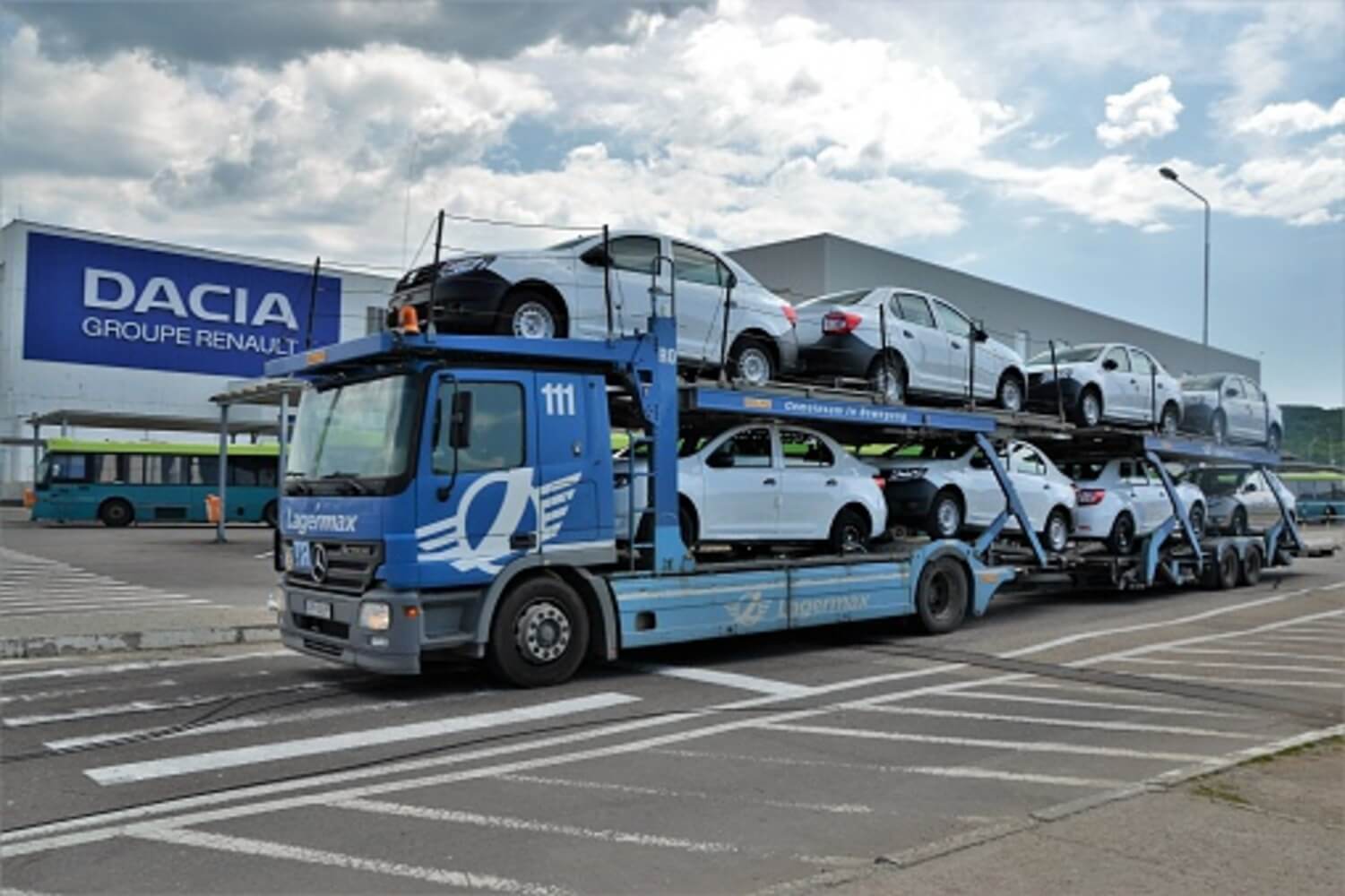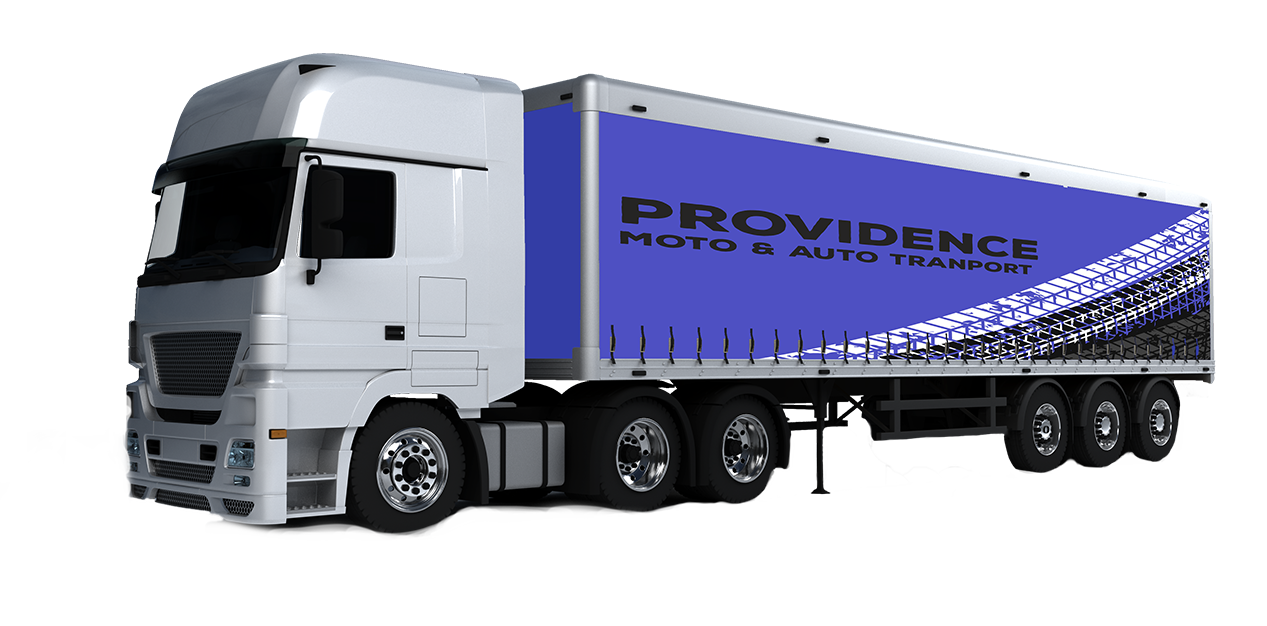Transporting a car from one place to another requires balance and stability. If you don’t address mechanical issues with your vehicle beforehand, it will undergo wear and tear during the process. What’s worse is that it might cause accidents when you neglect to perform maintenance before shipping. As a responsible car owner, you should be…

How to Cost Effectively Ship a Car Across the Country
Say you’re moving halfway across the country. You probably don’t want to drive your car thousands of miles. Not only because it’ll be hard on the engine, but also because it’s stressful to drive long distances. Guess shipping your car’s the best way to do it, huh? But there’s one problem. It can be expensive.…

8 Auto Transport Tips From Industry Insiders
Auto transport is a tricky business. Whether you’re moving out, bought a ride from a different place, or need to get your car repaired somewhere else, many things that can go wrong if you don’t do your research. That’s why this blog post has compiled eight of the most recommended auto transport tips from trustworthy…

How to Ship a Car Up or Down the East Coast
It is possible to ship a car up or down the East Coast of the United States, but it can be a difficult task. Shipping cars in the US has its own set of challenges that need to be overcome before shipping can occur. You will also need to prepare many things beforehand if you want your car shipped efficiently. This article will cover all these topics to know what needs to be done when deciding whether to have your vehicle shipped.
Why Not Just Drive it?
The simplest solution to getting a car from one end of the East Coast to the other is to drive it there. But obviously, that means you’ll have to put up with about 20+ hours worth of driving which will be very tedious. On top of that, it could get very dull if you’re doing it all by yourself.
There are about 1,500 miles between Maine and Florida, so if you’re going to drive that far, you’ll need at least two days. That means you’ll have to find a place to sleep for the night and a few meals. All this, besides the fuel costs, could add up. That’s why in a lot of cases, shipping the car is a much better solution. It’ll also avoid all the wear and tear of an inter-state drive. That in itself could add up to more maintenance costs in the long run.

What Are the Options?
When shipping a vehicle, there are generally four options: by truck, by rail, by boat, by air. As you go up in the category, the prices go up exponentially as well. But since we’re just moving up or down the East Coast, you only really need to consider the trucking option.
But even shipping by truck brings its own set of options as well. The first is whether you’ll ship with a covered or uncovered truck. Shipping by covered truck means your car is protected from the weather during transport, but it costs more. On the flip side, an uncovered trailer is much cheaper, but your precious vehicle is exposed to rain, wind, and whatever mother nature decides to throw at it.
How To Pick a Shipper?
The good news is that there are a lot of auto shipping companies all across the East Coast. The bad news is that many of them are only brokers. This means that the company will subcontract a truck or trailer for a fee. Then you’re at the mercy of that mover the rest of the way. Many horror stories range from payment disagreements to unresolved insurance claims.
Another factor in choosing a shipper is its familiarity with the locations you’re shipping from and to. For example, in Rhode Island, there are many issues with its transport infrastructure. And this includes structurally deficient bridges. You can use just use any of these Rhode Island auto transporters — you’ll need to find one that knows how to pick the safest and efficient route through the state.
How to Prepare?
Before your shipment, take note of any unusual wear and tear or damage on your vehicle so they can be noted in the final inspection report before pickup. This will help prevent surprises later on down the line. Cleaning is also necessary because any grit or grime left behind could result in an expensive repair once it arrives at its destination. Finally, check fluid levels and tire pressure before pick-up day. These things may need adjustment as per the carrier’s specifications after loading onto the truck or trailer.
Make sure to pick a shipper that has an excellent track record with communication and customer service. That way, you know you can get in touch at any time to get the location and status of your car. You’ll also need to communicate before even loading. This is because some shippers have rules on what’s allowed in the vehicle during transport. This also includes the maximum level of fuel and other fluids. There may also be regulations on this, depending on which states your car will pass through.

Take a Breather
In the end, shipping your car isn’t as complicated as it might seem at first. It’s all in the planning, preparation, and research. As long as you’re confident in your choice of the shipper and its reputation, then you can relax knowing it’ll arrive in one piece. Because if we’re honest, sometimes most of the stress is caused by our fears and overthinking.



